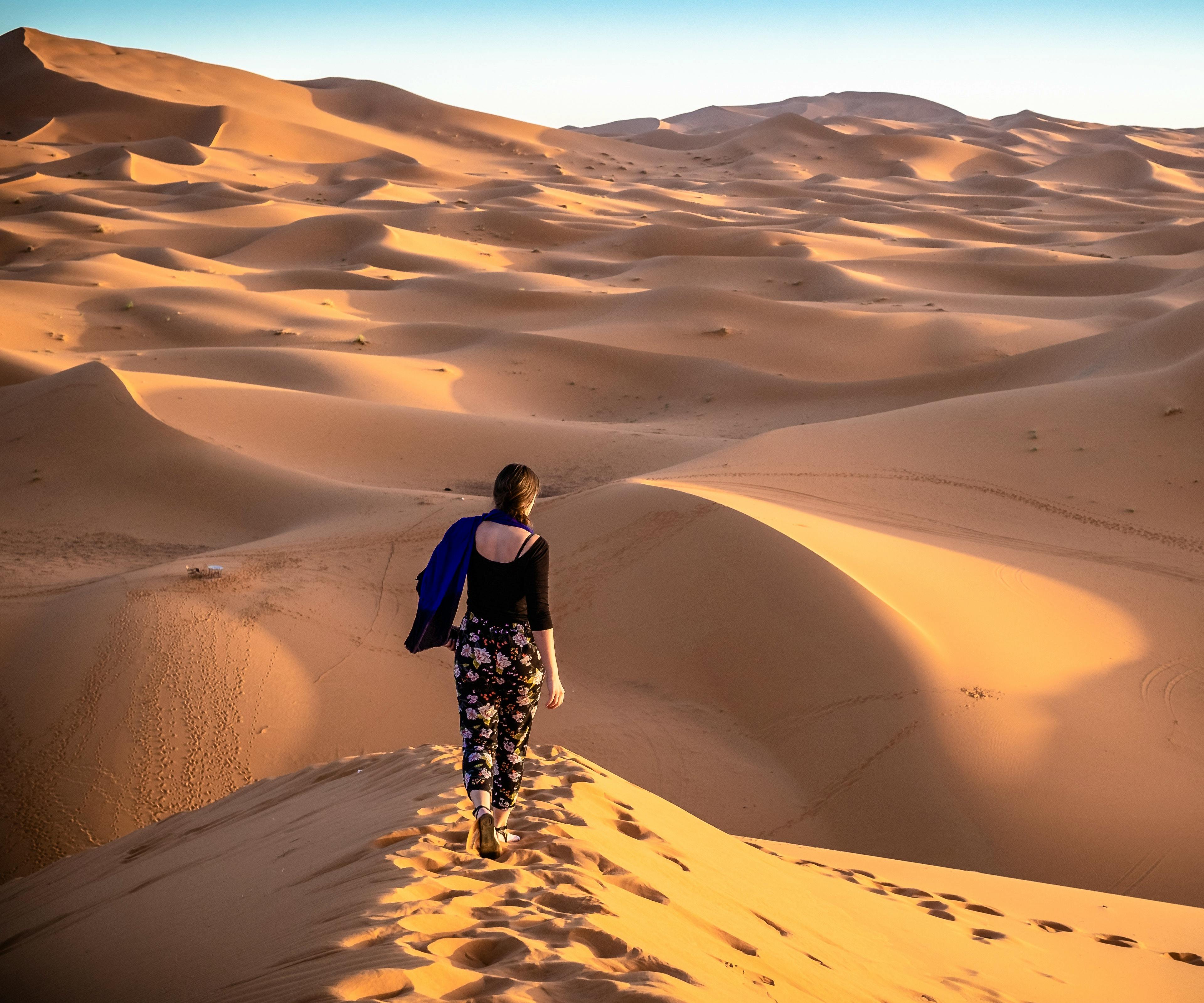Animals In The Morocco Desert: Meet the Sahara’s Most Elusive Inhabitants
If you are trekking in the Moroccan desert, you may be surprised to learn that humans and camels aren't the only ones walking amongst the dunes! Although seeing some of these animals in the Morocco Desert is rare, there is always a chance to encounter these unique animals
Let’s introduce you to these fascinating creatures and offer tips on the best opportunities to spot them.
Morocco Desert Animals: Fascinating Animals of the Sahara
From elusive foxes to graceful gazelles, the Sahara Desert in Morocco is a treasure trove of fascinating animals waiting to be discovered.
The Elusive Fennec Fox
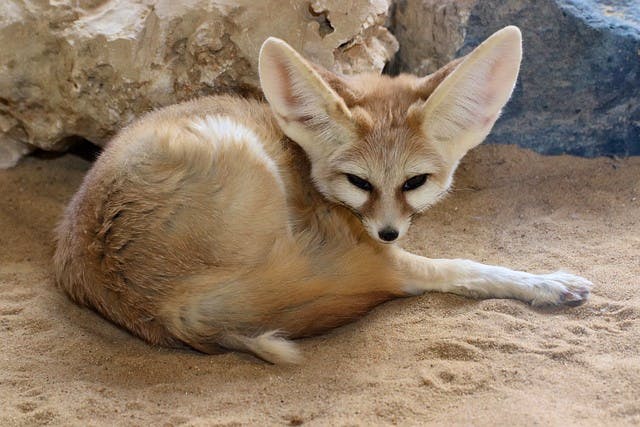
The Fennec Fox is the Sahara’s petite celebrity, known for its large, bat-like ears and sandy-coloured fur that provides the perfect camouflage against the desert landscape.
These nocturnal creatures are primarily found in sandy or rocky regions, often near dunes where they dig their burrows.
Tips for Spotting the Fox
Spotting a Fennec Fox can be a magical experience but requires some strategy. Your best bet is to venture out during the early morning or at night in the Sahara desert of Morocco when these nocturnal animals are most active. Look for their tracks—tiny 'dog' paw prints in the sand—or listen for their high-pitched barks.
What to Do if You Encounter One
If you’re lucky enough to spot a Fennec Fox, the first rule is to maintain a respectful distance. These are wild animals, and it’s crucial to respect their space.
Avoid making sudden movements or loud noises that might startle them. If you’re keen on capturing the moment, use a zoom lens to take photos, ensuring you don’t disturb their natural behaviour.
The Graceful Dorcas Gazelle
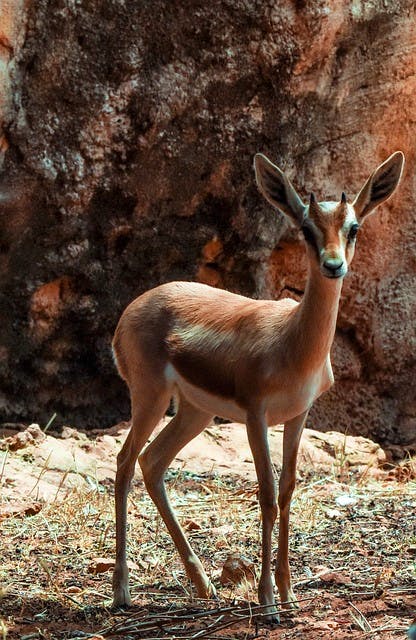
The Dorcas Gazelle, often called the “queen of the desert,” is a sight to behold with its slender body and elegant horns.
Adapted to arid, low rainfall weather conditions in the Morocco desert, these gazelles are commonly found in the Sahara’s sandy and rocky terrains. They’re known for their incredible ability to survive without water for extended periods, relying on the moisture from the plants they consume.
Tips for Spotting the Gazelle
If you’re eager to catch a glimpse of these graceful creatures, dawn and dusk are your best friends. These are the times when Dorcas Gazelles are most active, foraging for food or visiting watering holes.
Look for their distinctive tracks—cloven hoof prints—in the sand, or scan the horizon with binoculars to spot their elegant silhouette against the rising or setting sun.
What to Do if You Come Across One
Should you be fortunate enough to encounter a Dorcas Gazelle, it’s essential to be as unobtrusive as possible. Maintain a safe distance and use binoculars or a camera with a good zoom lens for a closer look.
Avoid sudden movements or loud noises, as these skittish animals are easily startled and will bolt at the first sign of danger.
The Tiny Desert Dwellers
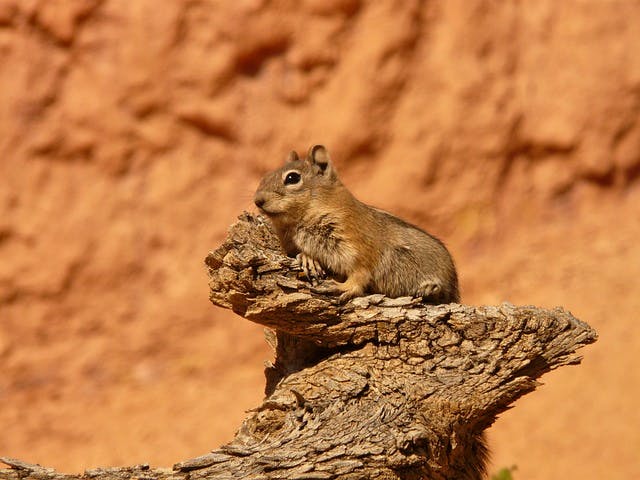
Don’t let their size fool you; the tiny inhabitants of the Moroccan desert are as captivating as their larger counterparts.
These small mammals play a vital role in the desert ecosystem, from the industrious gerbils to the agile ground squirrels. These burrowers create intricate underground homes that offer respite from the harsh desert conditions.

Latest Deals
Tips for Spotting Tiny Creatures
To spot these little critters, you’ll need a keen eye and a bit of patience. Early morning or late afternoon is the best time to catch them in action as they venture out of their burrows in search of food.
Look for signs of recent digging or small mounds of sand that indicate a nearby burrow. A pair of binoculars can be incredibly helpful for a closer look without disturbing their natural habitat.
What to Do if You Meet any
If you happen upon one of these tiny desert dwellers, the rule of thumb is to observe without interfering. These animals are often prey for larger predators, so it’s crucial not to stress them further.
If you wish to photograph them, do so from a distance using a zoom lens, and avoid using flash, as it can be disorienting for the animals.
The Scaly Inhabitants
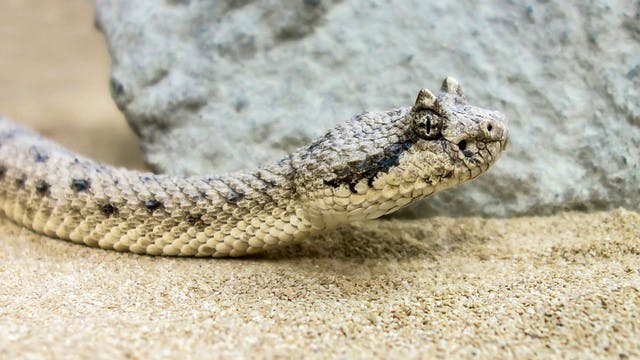
While the Moroccan desert might not be teeming with giant reptiles, it’s home to an array of fascinating smaller ones, like various species of snakes and lizards.
These cold-blooded creatures have adapted remarkably well to the desert climate, often using the sand to regulate their body temperature and hiding beneath it in order to capture prey.
If reptiles are not your thing (and you're rethinking that Morocco trek), don't worry. These creatures usually steer clear of humans and are often only spotted by the keen eyes of guides.
Tips for Spotting Them
Spotting these elusive reptiles requires a bit of detective work. Your best chance is to look under rocks or in the shade of plants during the day’s heat, where they often seek refuge.
Note: We're not actually recommending walking around the desert lifting rocks as this can disturb or injure small animals.
Early morning and late afternoon are also prime times for reptile activity, as they come out to bask in the sun or hunt.
What to Do if You Encounter Some
If you encounter a snake or lizard, keeping a safe distance is crucial. While most are harmless, it’s better to err on the side of caution.
If you’re keen on taking photos, use a zoom lens and avoid sudden movements that could startle them.
Pro tip: Never try to handle or capture wildlife; it’s unethical and potentially dangerous.
Ethical and Responsible Treatment of Moroccan Desert Wildlife
As adventurous travellers, we must tread lightly and respect the natural habitats we explore.
Disturbing the environment affects the animals and disrupts the delicate balance of the desert ecosystem. Always stick to designated paths and avoid picking plants or removing rocks.
Guidelines for Ethical Wildlife Photography
Capturing the beauty of the desert and its inhabitants is tempting, but it’s crucial to do so responsibly. Use a zoom lens to maintain a respectful distance, and avoid using flash, as it can disorient or stress animals. Always prioritize the well-being of the wildlife over getting the “perfect shot.”
Pro tip: A portable charger is one of those Morocco travel essentials any avid photographer must pack. You don’t want to run out of battery power just as you spot that elusive critter.
Do’s and Don’ts When Encountering Wildlife
You should always keep the following in mind when encountering the local wildlife:
Do: Maintain a safe distance and observe quietly.
Don’t: Feed or attempt to touch the animals.
Do: Use binoculars or a zoom lens for a closer look.
Don’t: Make loud noises or sudden movements.
By following these guidelines, we can ensure a harmonious coexistence with the Moroccan desert’s incredible wildlife, enriching our adventure and the animals we encounter.
Conclusion
Your Morocco adventure offers more than just stunning landscapes; it’s a gateway to a desert experience teeming with unique and fascinating wildlife. By following our tips and guidelines, you can enrich your journey while respecting the natural inhabitants of the Moroccan desert.
Find your next adventure
Why Skyhook?
Join over 27,000 Skyhook adventurers who've used our platform to book directly with our vetted local guides, at local prices (we never markup).
Expert Local Guides
Experienced local guides, handpicked by us.
Best Prices
Never pay a markup on the local guide's price.
Exclusive Club
Earn loyalty rewards every time you travel.
Great Social Vibes
Small group tours provide a richer experience.
Stellar Feedback
Over 2,800 reviews, average of 4.9/5 stars.











